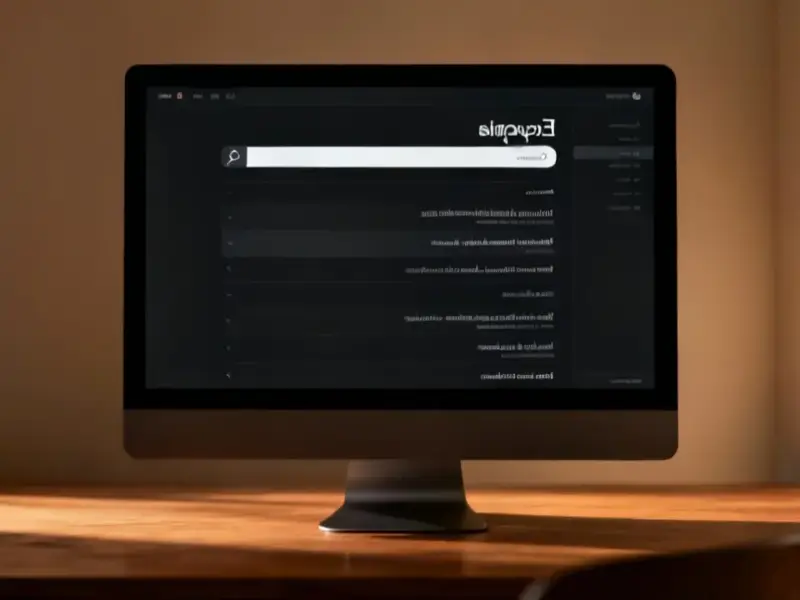According to CNBC, Snap shares rocketed more than 20% on Wednesday after the company reported third-quarter revenue of $1.51 billion that beat analyst expectations of $1.49 billion. The Snapchat parent also announced a $500 million stock buyback program and projected fourth-quarter sales between $1.68 billion and $1.71 billion, slightly ahead of Wall Street’s forecast. Snap revealed a $400 million partnership with Perplexity AI that will integrate conversational search into Snapchat starting in early 2026, with Perplexity paying through a combination of cash and equity. The company did warn that upcoming platform-level age verification from Apple and Google, plus Australia’s new social media minimum age law taking effect next month, could negatively impact user engagement metrics in Q4 and beyond.
Snap’s Cautious Optimism
Here’s the thing about Snap’s earnings beat – it’s a classic case of “good news, but…” The company is clearly executing well on monetization, with ARPU beating expectations and their adjusted EBITDA coming in significantly ahead of projections. They’re even guiding for much stronger EBITDA next quarter. But they’re also waving some pretty big red flags about what’s coming down the pipeline.
Basically, Snap is telling investors: “We’re making more money per user than ever, but we might have fewer users soon.” That’s a tricky balancing act. The Australian legislation that takes effect next month, plus upcoming platform-level age verification from Apple and Google, could seriously dent their user growth trajectory. And let’s be honest – when you’re a social media company, user growth is everything.
The Perplexity Gamble
Now, that $400 million Perplexity deal is fascinating. Snap basically found a way to get paid upfront for integrating AI search into their platform. Perplexity will pay them cash and equity over the next year as the feature rolls out globally. That’s smart business – instead of spending money to build their own AI search from scratch, they’re getting a partner to foot the bill.
But here’s my question: does anyone actually go to Snapchat for search? I mean, really? The integration doesn’t launch until early 2026, which feels like forever in tech time. By then, AI search could be completely commoditized across every platform. Still, $400 million is nothing to sneeze at, especially when you’re trying to diversify revenue streams beyond advertising.
The Broader Ad Market
Looking at the bigger picture, Snap’s results continue the trend we’re seeing across digital advertising. Meta posted 26% revenue growth, Amazon’s ad business grew 24%, and even Reddit saw a massive 68% surge. The digital ad market appears to be heating up again after a rocky couple of years.
But Pinterest’s disappointing results show it’s not all sunshine and rainbows. Their CFO cited “broader trends and market uncertainty” plus new tariffs impacting home furnishing categories. So while the big players are thriving, there’s still plenty of volatility in the space. Snap seems to be riding the wave for now, but those user growth warnings loom large.
Regulatory Reckoning
What really stands out to me is how specific Snap is being about regulatory headwinds. They’re not just giving vague warnings – they’re naming specific laws in Australia, Utah, and California, and calling out exactly when they expect impacts. Australia’s law takes effect next month, Utah’s in May 2026. They’re basically giving investors a timeline for when the pain might start.
And honestly, this is just the beginning. We’re seeing a global wave of tech regulation focused on child safety, privacy, and content moderation. Snap’s experience could be a preview of what’s coming for the entire social media industry. The days of unfettered user growth might be ending, and companies will need to find new ways to grow revenue without simply adding more users. That $400 million Perplexity deal starts to look pretty clever in that context, doesn’t it?




